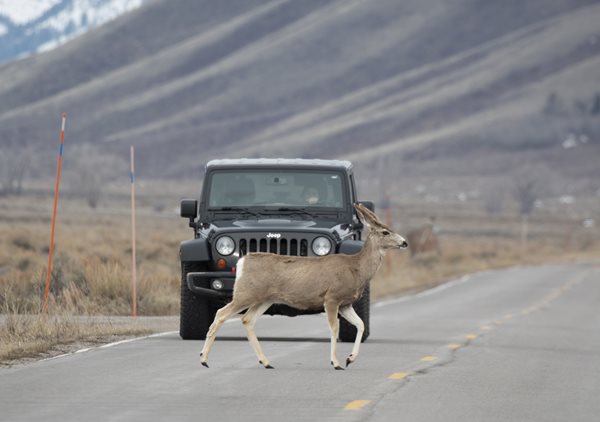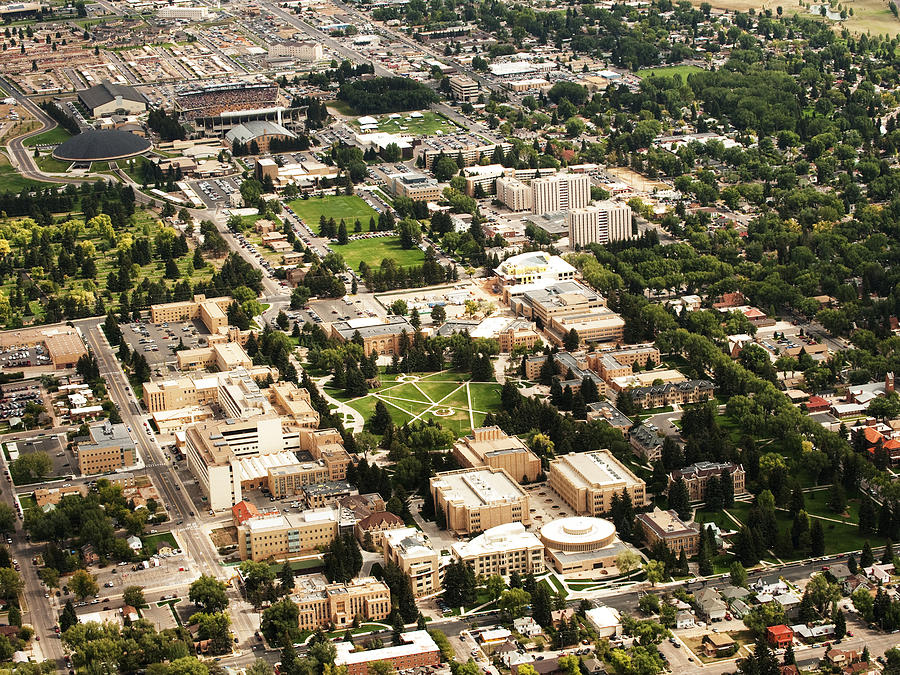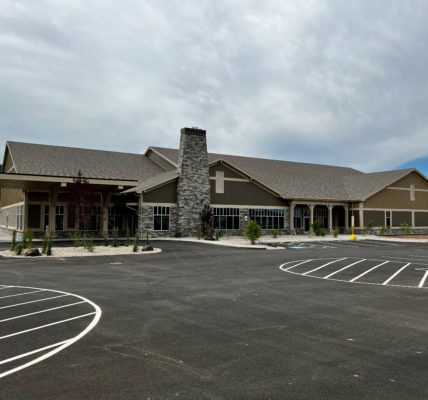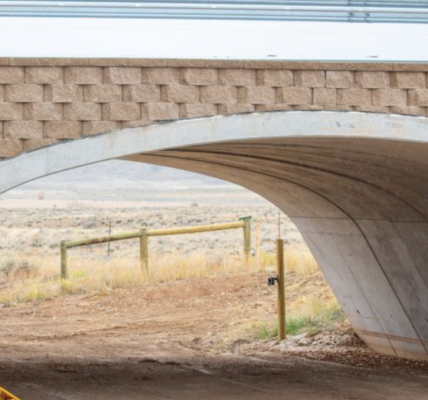By Mark Davis
Powell Tribune
Via- Wyoming News Exchange
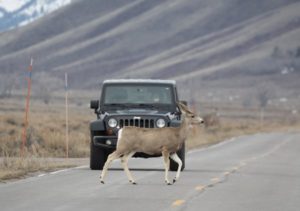
POWELL — Efforts to reduce the number of wildlife vehicle collisions by dropping speed limits aren’t paying off as expected, according to a new study. The problem? People aren’t obeying the law.
The Wyoming Department of Transportation recently started lowering speed limits in six active zones across the state. Locally, North Fork speed limits between Cody and the Shoshone National Forest were lowered from 65 mph limits during the day to 55 mph at night to protect wildlife.
But a study of similar speed limit reductions in southwest Wyoming — conducted by The Nature Conservancy and sponsored by WYDOT — concluded that, on average, drivers slowed down by only 3-5 mph rather than the required 15 mph. They also found no evidence that the reduced speed limit led to fewer wildlife collisions.
“We recommend that reduced posted speed limit is not an effective measure to reduce wildlife vehicle collisions on high speed rural two-lane highways,” concluded The Nature Conservancy scientist Corinna Riginos.
Researchers compared the number of collisions at six test sites before and after the speed limit change. They also tested for differences in vehicle speed in the reduced speed limit zones and in adjacent locations where the speed limit was not reduced.
The Nature Conservancy concluded that lowering speed limits doesn’t work — and the organization is now calling for expanded construction of wildlife crossing structures.
“The only sure way to significantly reduce these accidents is to build over- or underpasses that allow animals to cross roads without touching the pavement,” said Riginos. “Changing human behavior is challenging.”
The structures are pricey, but “so is the cost of no action,” the conservancy said in a news release.
“In Wyoming, wildlife-vehicle collisions cost more than $50 million in human injury, property damage and wildlife loss every year. About 85% of wildlifevehicle collisions in the state involve mule deer, and at an average cost of $10,500 per accident (twice that if you hit an elk) the cost of this problem adds up quickly,” the organization wrote.
This year, the State of Wyoming and the federal government have committed about $18 million toward building crossing structures. The Wyoming Game and Fish Commission has contributed $2.5 million, WYDOT $1 million and a U.S. Department of Transportation Better Utilizing Investments to Leverage Development (BUILD) grant kicked in $14.5 million. No structures are planned for Park County at this point.
WYDOT spokesman Cody Beers said the new speed limits have to be given time to work.
“These speed limits work if you incorporate education and enforcement,” he said.
As for what WYDOT has planned for the Wapiti Valley, “with the known hurdles that nighttime speed limits bring, we are trying a new technology that has not been used in the mitigation of wildlife-vehicle collisions,” Beers said. “The animals are in the valley in high numbers from late fall through late spring, and the animals generally move out of the valley in the summer. The dead-end nature of the North Fork Highway in the winter [when Yellowstone is closed] gives us a unique opportunity to do this nighttime speed limit work [including education and enforcement] with mostly local drivers.”
Beers pointed out that The Nature Conservancy didn’t study the North Fork and that the area has its own unique wildlife issues.
“Each wildlife collision has an impact on the animal and presents a safety issue for the motorist,” he said. “We are invested in finding solutions to reduce crashes to limit these impacts.”

